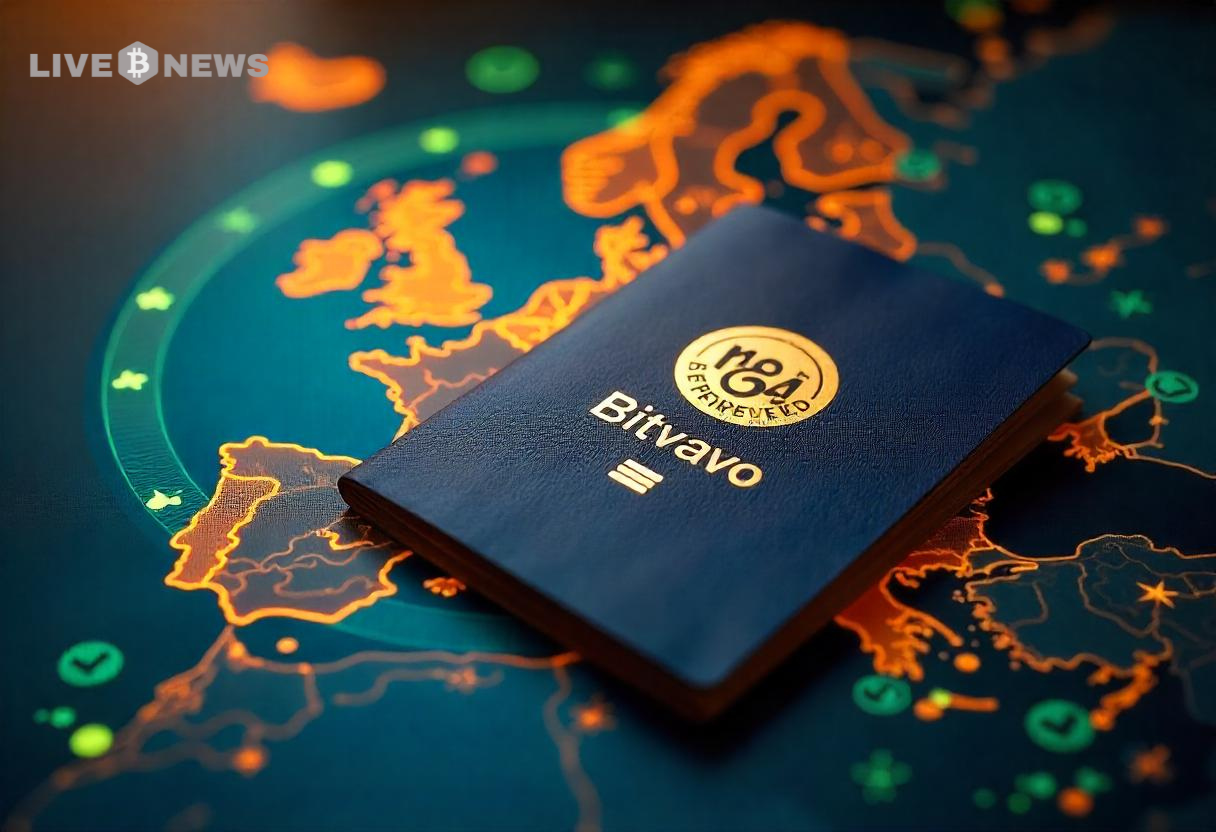Luxury Canal Cruising Through France's Scenic Waterways
Author: Victor Block
Published: 2025/06/28
Publication Type: Informative
Topic: Europe for Visitors - Publications List
Page Content: Synopsis - Introduction - Main - Insights, Updates
Synopsis: This article provides a comprehensive guide to luxury canal barge cruising in France through French Country Waterways, detailing how historic 17th-century working canals have been transformed into scenic routes for upscale tourism. The piece offers valuable insights for travelers of all ages and mobility levels, particularly seniors and those with disabilities, by highlighting the accessibility features of these floating hotels, including carpeted stairs, sloping gangplanks, comfortable transportation, and accommodating shore excursions that can be adapted for various physical capabilities. The author demonstrates how the cruise experience balances luxury amenities with practical accessibility, making French cultural immersion achievable for travelers who might find traditional touring challenging - Disabled World (DW).
In the 17th century, King Henry IV of France decreed that a giant ditch be dug across the country connecting the Atlantic Ocean and Mediterranean Sea. Soon, barges pulled by horses or people transported raw materials, grain, textiles and - this being France, wine - through the channel.
That waterway was the first of an elaborate network of canals that criss-cross the countryside, passing over aqueducts and through tunnels, and navigating locks which enabled them to climb up and down hills.
I recently followed one of these routes, but the formerly no-frills working boat in which I rode had been transformed into a luxurious floating hotel and gourmet restaurant. It carries 12 passengers, and a very attentive crew of six, along one of those historic canals, stopping each day to allow travelers to explore an inviting variety of attractions.
I was sailing with French Country Waterways, an American-owned company that operates four luxurious passenger barges along canals in four regions of that country.
Continued below image.

Continued...
The Nanuphar on which I traveled was built in the 1930s to serve as a working boat. Today, it rivals multi-starred hotels in which I've stayed. Cherry wood paneling, brass fittings, lovely provincial furnishings and plush carpets set the tone. Cabins have a private bathroom and individual heat/air conditioning controls. The lounge invites relaxing on comfortable sofas and chairs, and offers a well-stocked complimentary bar.
My fellow passengers, like me, were well up in years and included one man who walks with a cane. All were able to easily navigate the carpeted stairs that lead to the cabins below, walk the easily sloping gangplank to shore, and board the comfortable air-conditioned bus that took us to land-based destinations.
Some of them included challenges that were easily surmounted, or accommodated. When we encountered cobblestone streets or sidewalks, members of the group slowed our walking pace. If visiting some part of a castle, ancient tower or other structure required climbing up and down a lot of stairs, those who preferred not to do so spent time focusing their attention upon rooms on the ground level. In picking a café to enjoy a beverage or snack, we opted for one with easy access.
Speaking of food, the cuisine and wines served aboard the barge vied for attention and admiration with the magnificent scenery through which the boat passed. Think foie gras with brioche and apple. Picture confit duck with braised red cabbage and haricot beans.
Chef Milly ventured onshore and returned with warm-from-the-oven croissants, fresh fruits and vegetables, and other taste-tempting treats.
Then there's the French claim that no lunch or dinner is complete without wine. We were offered vintages representing many of the country's wine-growing districts, many of which were from Grand Gru (great growth) and Premier Cru (first growth) vineyards.
Adding to the appeal are members of the doting bilingual staff, who - I concluded - could not feign the genuine warmth and friendliness with which they interact among the paying passengers.
As the vessel moves slowly along canals, those on board face a welcome choice of alternatives. Relax and watch passenger boats, houseboats, working barges and other vessels pass by. Step ashore at one of the locks the boat traverses and walk, or pedal a provided bicycle, to the next lock. Go to the front deck and watch the barge navigate through one of the locks that raise or lower the water level.
Continued below image.

Continued...
Because the canals climb hills and run through valleys, locks handle changes in elevation. These devices allow boats to rise up, or drop down, to the level of the next stretch of the channel.
The canals provide passengers with views of rolling vineyards and dense forests, lush farmlands and mountain vistas, along with charming villages. These towns immerse visitors in history, cultural gems and architectural treasures.
Continued below image.

Continued...
Typical, yet with unique distinctions, is Montargis. Due to its many canals and bridges - I was told 131 it has overpasses -- the village is nicknamed "the Venice of the Gatinais region," and has been listed as one of the most beautiful places to visit in France. Its Medieval downtown area skirts both a river and canal, and a multitude of flowers decorates buildings and bridges.
Strolling through the town during a shore excursion, I spotted a house with "1337" above its front door - the year it was built. The Musée du Gâtinais displays objects dating from prehistory and the Gallo-Roman period. Those with a sweet tooth seek out the local specialty: Montargis pralines, which are delicious caramelized roasted almonds.
Continued below image.

Continued...
Other day trips included an assortment of places that provide introductions to a diverse sampling of French history, life and culture.
Sancerre is an enchanting ancient hilltop wine village. Outside of the peak summer tourist months, it's a sleepy place similar to other small towns where few people are seen walking along its steep, narrow streets. Houses sport ancient doors, wrought iron balconies and steeply pitched roofs.
Those who climb the stone Tour des Fiefs (estate tower) to enjoy panoramic views of the surrounding countryside are in the only remaining vestige of a 14th-century castle. A sign on a wine shop announced that it has been in business since 1513, and a tour guide referred to a place of worship, which was built in the 18th century, as the "new church."
Continued below image.

Continued...
Fargeau Castle, situated between the Loire and the Yonne rivers in the small historic town of Saint Fargeau, is known in part for its unusual pentagonal shape. It was built between the 10th and 13th centuries as a hunting lodge, as were many other palaces.
History-rich villages, inviting vineyards and world-class food and wines greet visitors to France with open arms. Taking in these attractions during a canal barge cruise adds a welcome way to enjoy much that the popular destination has to offer and, to me, the boat cruise alone is worth the cost.
Continued below image.

Continued...
Fares for French Country Waterways cruises include all of the on-board gourmet meals and fine wines, a memorable dinner at a starred Michelin Guide restaurant, around-the-clock snacks and open bar, shore excursions and more.
Insights, Analysis, and Developments
Editorial Note: While luxury canal barging represents a premium travel experience, this article reveals an often-overlooked truth about accessible tourism: genuine inclusivity doesn't require compromise on quality or authenticity. The French waterways offer proof that thoughtful design and adaptable itineraries can open extraordinary cultural experiences to travelers regardless of age or mobility, suggesting that the future of tourism lies not in segregated accessible options, but in universal design that welcomes everyone to the table - or in this case, to the floating gourmet restaurant - Disabled World (DW). Author Credentials: Victor Block has been a travel journalist for many years, and has written for major newspapers, magazines and travel websites and served as an editor of Fodor's Travel Guides. He is a member of the Society of American Travel Writers and the North American Travel Journalists Association. Victor is a regular contributor of reviews to the Disabled World travel section. Visit for further insights into his background and expertise.
Author Credentials: Victor Block has been a travel journalist for many years, and has written for major newspapers, magazines and travel websites and served as an editor of Fodor's Travel Guides. He is a member of the Society of American Travel Writers and the North American Travel Journalists Association. Victor is a regular contributor of reviews to the Disabled World travel section. Visit for further insights into his background and expertise.













